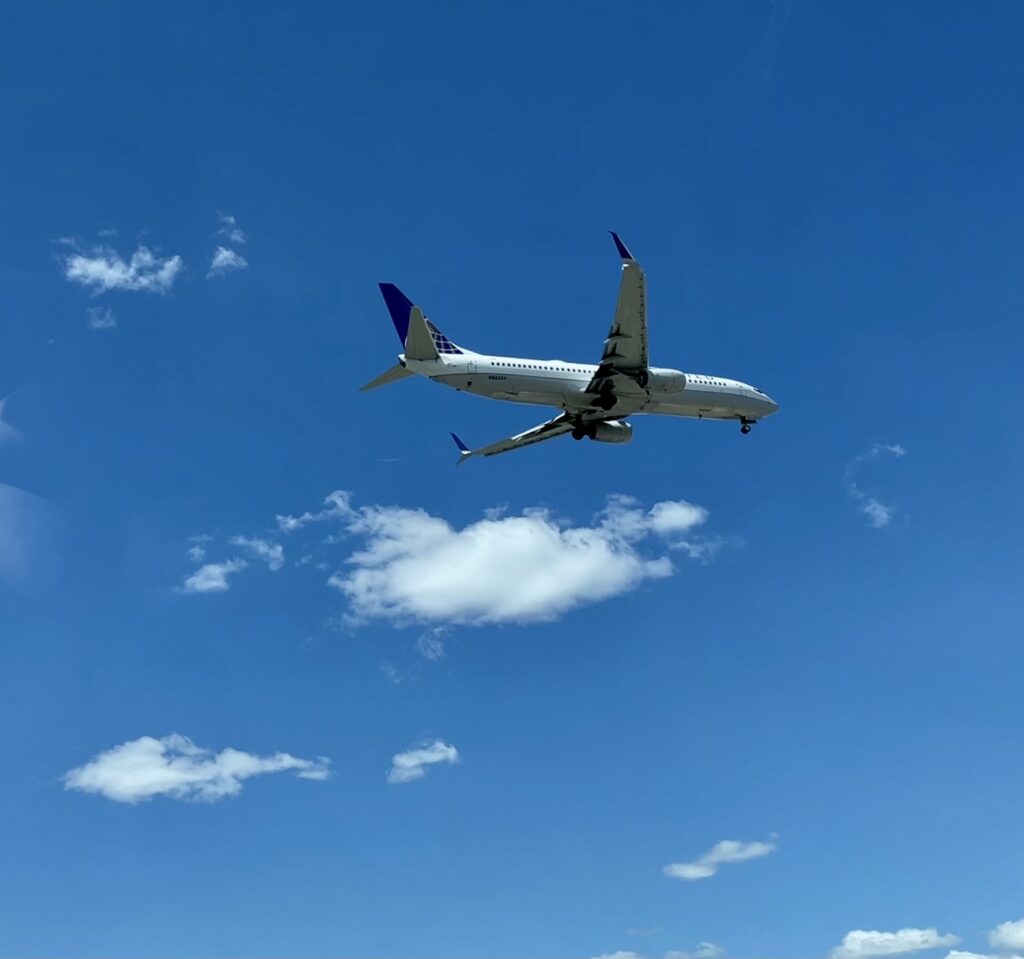Airbus and Embraer Report Q1 Results


Despite an overall decline in EBIT, Airbus continues toward its goals for increasing production rates for a variety of its commercial aircraft. Within the commercial sector, Embraer earned $198.8 million in revenue, seeing an increase of 17.5% compared to the previous year.
Two of the world’s largest aircraft manufacturers, Airbus and Embraer, have announced their Q1 2023 results. Looking at a variety of metrics, the companies report improvements in some areas while indicating certain standards have fallen behind Q1 2022’s performance. Either way, the results of both companies highlight extensive and widespread recovery within the aviation industry as a variety of operators order and receive new aircraft.
Within the first quarter of 2023, Airbus boasted 156 commercial aircraft orders. Following cancellations, this figure dropped to 142 orders. Both figures remain below the company’s Q1 2022 gross orders (253 aircraft), but remain much higher than the 83 aircraft left on the order books following cancellations for that time period. This leaves Airbus with cumulative orders for 7,254 commercial aircraft. Meanwhile, Airbus Helicopters received orders for 39 units, falling well below Q1 2022’s demand for 56 helicopters.
At the HAI Heli-Expo event in March of this year, Airbus Helicopters made several announcements, including a partnership with Genesys Aerosystems. The companies are working together to develop an IFR (Instrument Flight Rules) capability for the H125, expected to be available in the second half of 2024. It will include an upgraded cockpit, redundant hydraulic and electrical systems, and a new autopilot.
Coinciding with Airbus’ decline in orders in certain industry segments, the manufacturer’s consolidated revenues also dropped to €11.8 billion (down from €12 billion in the same period last year). Airbus delivered 127 commercial aircraft to customers during the quarter: 10 A220s, 106 A320 Family aircraft, 6 A330s and 5 A350s. Revenues from commercial aircraft declined 5% compared to last year, largely due to decreased deliveries. However, the decline was partially offset by the strengthening of the U.S. dollar. Despite weakened performance in the commercial sector, Airbus Helicopters increased deliveries to 71 units (up from Q1 2022’s 39 units), allowing revenues to rise by 26%. Despite this, lower volume in military air systems resulted in a 6% decline in revenue for Airbus Defense and Space.
Airbus’ EBIT (earnings before interest and tax) decreased to €773 million, a sharp decline from Q1 2022’s €1,263 million. EBIT adjusted for Airbus’ commercial aircraft activities dropped from 1,065 million in Q1 2022 to €580 million in the first quarter of this year. Airbus blames less deliveries and worsened hedge rates for the decline in adjusted EBIT.
Despite an overall decline in EBIT, Airbus continues toward its goals for increasing production rates for a variety of its commercial aircraft. The company continues toward its goal of producing 14 A220s monthly by the middle of the decade. Meanwhile, A320 family production is also increasing, with Airbus aiming to reach a monthly production rate of 65 aircraft by the end of 2024.
Despite the setbacks, Airbus’ Chief Executive Officer Guillaume Faury showed confidence in Airbus and its future prospects. He explained, “The first quarter confirmed strong demand for our products, particularly for commercial aircraft. We delivered 127 commercial aircraft, which is reflected in the Q1 financials. The quarter also benefited from a good performance in Helicopters. We continue to face an adverse operating environment that includes in particular persistent tensions in the supply chain. Our 2023 guidance is unchanged with commercial aircraft deliveries expected to be backloaded. We remain focused on delivering the commercial aircraft ramp-up and longer-term transformation.”
Meanwhile, Embraer also saw growth and decline in various industry sectors in its Q1 2023 results. The Brazilian aircraft manufacturer is known for developing both commercial regional jets and business jets for private operators.
In the first quarter of this year, Embraer delivered 15 jets. Of these deliveries, 7 were commercial aircraft while the other 8 were executive jets. Of these business jets, 6 were light and 2 were mid-sized aircraft. The company’s order backlog is now valued at $17.4 billion, and quarterly revenue reached $717 million, a 19% increase from Q1 2022. Embraer points to having a better commercial mix and significant growth in both Defense and Security and Services and Support as an explanation for the increase. The results aligned with the company’s forecast for the time period.
Within the commercial sector, Embraer earned $198.8 million in revenue, seeing an increase of 17.5% compared to the previous year. This was fueled by more deliveries of the E2 aircraft. Meanwhile, the manufacturer generated $87.1 million in revenue from executive jets, a 3% decline from the first quarter of last year. Despite this, revenue from Defense and Security increased 56.3% to $97.7 million, while Services and Support revenue increased by 20.3% to $326.2 million.
As manufacturers like Airbus and Embraer navigate a post-pandemic industry, they face a variety of challenges that threaten their profitability. However, both companies have shown resilience and growth in at least some industry sectors, indicating that they—along with the rest of the industry—are continuing to recover from a challenging few years.
The post Airbus and Embraer Report Q1 Results appeared first on Avionics International.
—————
Boost Internet Speed–
Free Business Hosting–
Free Email Account–
Dropcatch–
Free Secure Email–
Secure Email–
Cheap VOIP Calls–
Free Hosting–
Boost Inflight Wifi–
Premium Domains–
Free Domains





